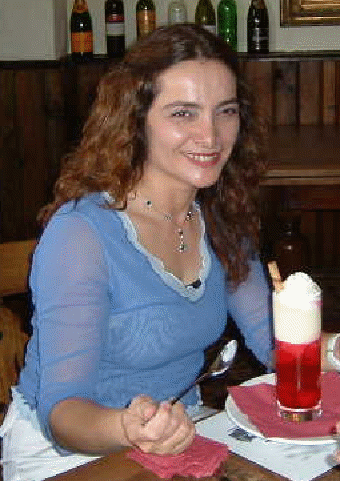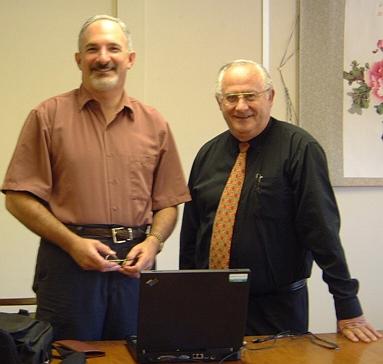|
Over the last year Richard Luckett has been writing new programs to be used by the
ISC editors to review the ISC Bulletin. Richard has worked together with Dmitry Storchak
throughout the design and testing stages of this project. This work has allowed us to put
the new ISC location program, ISCloc, into operation. As a result, the old FORTRAN code,
which was used with minor alterations for more than 30 years, has been phased out.
The new editing programs were first used by Maiclaire Bolton and Dmitry Storchak for
editing the Bulletin for October 2002. The editing programs and associated tools all now
interact directly with the database instead of large binary (wtf) files. This brings great
advantages to the ISC in terms of code maintenance and flexibility. Already many of the
editing tools are more powerful than those used previously because they can easily compare
a month with other months or directly access the unreviewed part of a bulletin for cross-checking.
In future many improvements will be possible in every aspect of editing that would have been
unattainable while using the old programs and systems. In particular location and event formation
operations are now performed by ISCloc, which is a modern, modular program designed to allow easy
changes to the algorithms used for location, magnitude calculation, etc. Although all of these
algorithms are currently exactly the same as before, the ISC is now in a position to move forward
if funding for new development is found.
Major changes in the core of operation are commonly accompanied with finding and correcting
errors, making necessary additions to the software and consequently reprocessing the data.
As a result, a considerable backlog in the editing of the ISC Bulletin has been accumulated.
Taking into account the advantages of the new software, we are confident that this backlog should
be recovered when most of the problems are addressed.
|

